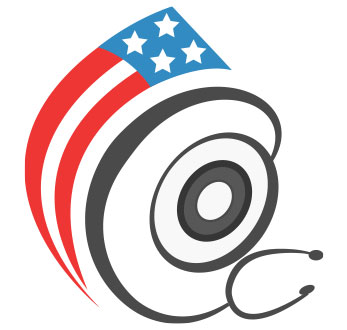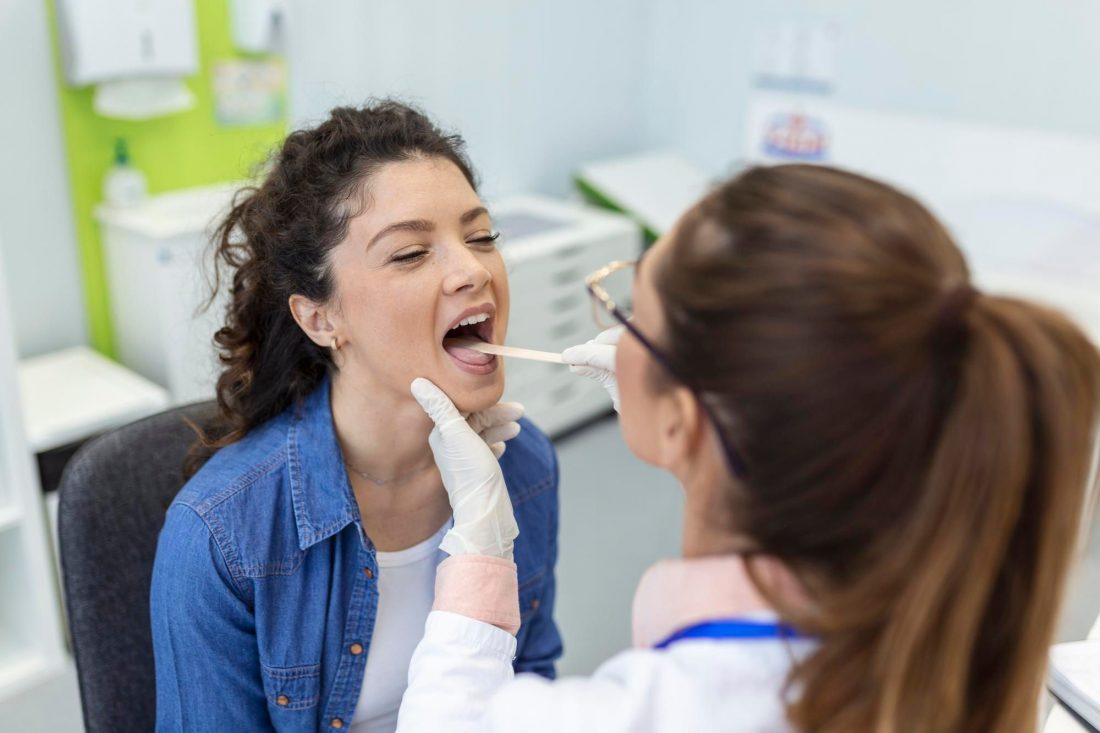Acyclovir dosage for herpes helps reduce the severity of painful outbreaks and stops new blisters from forming. Unlike bacterial illnesses, viral illnesses are not living organisms. Viral illnesses attack living cells and reproduce themselves, at the expense of the host cell.
Antiviral medications inhibit the replication of viral DNA needed for a viral illness to reproduce.
Virally infected cells absorb more acyclovir than normal cells and convert more of it to an active form, prolonging its antiviral activity.
Acyclovir is a prescription antiviral drug used in the treatment of certain infections with herpes viruses.
These include genital herpes, shingles, and chickenpox as well as herpes simplex virus and other types of herpes virus infections that cause painful blisters.
How long does acyclovir take to work for herpes?
Oral administration of acyclovir may take up to two hours to reach peak plasma levels. Symptom reduction may begin within three days, but it is essential to complete the entire prescribed course of the medication. For optimal effectiveness, acyclovir should be initiated within 48 hours of the onset of symptoms.
Acyclovir Dosage for Herpes
For the acute treatment of herpes zoster, the recommended acyclovir dosage is 800 mg taken orally every 4 hours, five times daily for 7 to 10 days.
The acyclovir dosage for genital herpes (initial treatment) is 200 mg every 4 hours, five times daily for 10 days.
Chronic suppressive therapy for recurrent genital herpes involves taking 400 mg twice daily for up to 12 months, with a re-evaluation at the end of the period. Alternatively, doses can range from 200 mg three times daily to 200 mg five times daily. The frequency and severity of untreated genital herpes episodes may change over time, and after one year of therapy, a re-evaluation is recommended to determine if continued treatment is necessary.
For intermittent therapy of recurrent genital herpes, 200 mg should be taken every 4 hours, five times daily for 5 days, starting at the earliest sign of symptoms.
For treating chickenpox, children aged 2 years and older should take 20 mg/kg per dose orally four times daily (80 mg/kg/day) for 5 days, with children over 40kg taking the adult dosage of 800 mg four times daily for 5 days.
Intravenous acyclovir is recommended for treating varicella-zoster infections in immunocompromised patients.
Chances of spreading while on acyclovir
While it is not guaranteed that you can completely prevent your partner from contracting the herpes virus, taking certain precautions can significantly reduce the risk. acyclovir, a commonly used antiviral medication, helps to suppress herpes and decreases the chance of transmitting the virus to a partner by 50%. However, even with acyclovir, there remains a 5% annual risk of a female partner contracting the disease.
To further reduce the risk, it is important to avoid vaginal, oral, or anal sex during a herpes outbreak. Using condoms in combination with herpes treatment can also help minimize the chance of transmission. Condoms are particularly effective at preventing male-to-female transmission.
When both acyclovir and condoms are used together, the risk of passing on herpes can be reduced by up to 75%. Additionally, recent studies suggest that Tenofovir, an anti-HIV drug applied vaginally as a gel, may significantly lower the risk of sexual transmission of herpes.





